A LARGE RENAISSANCE ROCK CRYSTAL INTAGLIO ATTRIBUITED TO VALERIO BELLI ALLEGORICAL SCENE WITH SEATED HERO AND ASSOCIATED EMBLEMA. 16th century 36x47,5x3 mm This fine rock crystal intaglio is attributed to the Renaissance gem engraver Valerio Belli (c. 1468 - 1546). The intaglio depicts a seated nude hero offering a statue of Nike to a triumphal ‘victory’ column or cippus surmounted by a sphere and a pile of arms and armor. It is referenced as Tassie-Raspe impression 7846 and has been identified as a model for early Wedgwood works described as an ‘Offering to Victory’ as well as related Matthew Boulton ormolu plaquettes. Although the intaglio is unsigned, there are many physical and stylistic similarities to various works by and attribuited to Valerio Belli particularly works commissioned by Pope Clement VII. The victorious hero in the scene, depicted with curly hair and sideburns, resembles the Duke of Florence Alessandro de’ Medici, the suspected son of Pope Clement VII. Duke Alessandro had to rumored fathers, one was Lorenzo II de'Medici, later Pope Clement VII who was Valerio Belli's most important patron. Although his lineage cannot be confirmed, historians generally regard Alessandro's father to be Pope Clement VII due the contemporary accounts as well as a Alessandro's lifelong favoritism by Clement VII, including his appointemnt as the Duke of Florence. The Medici dynasty was in perennial conflict with Republican factions in Florence, rebelling against Medici control over the city in 1527. As a consequence of an alliance between Charles V and Clement VII, Papal and Imperial armies laid siege to Florence for 10 months, and Alessandro de Medici was installed on the throne of Venice in 1530 and subsequently made a hereditary Duke by Charles V in 1532, ending the Florentine Republic, and cementing Medici control over the city. The Medici, who were very conscious of their depictions, made numerous efforts to portray the young Duke Alessandro as a warrior, Roman emperor and hero in paintings, sculpture as well as medals, intaglios and cameos attribuited to Domenico de'Polo. Furthermore, a rock crystal vessel, attribuited to Valerio Belli depicts both Pope Clement VII and Alessandro, demonstrating the intimate connection between these two historical figures. The Duke Alessandro was assassinated in 1537 by his cousin. This rock crystal intaglio, characterized by an exceptional limpidity, was originally mounted in a brooch designed by Marc Koven during the mid 20th century. The rock crystal has an engraved border around the scene and stylistic parallels to several similar Renaissance rock crystals & medals commissioned by the Medici family (particularly the Medici Vase in the Louvre and the famous Medici Chest in the Uffizi). The rock crystal has similar dimensions to valerio Belli's documented and attribuited works, corresponding closely in size to "Herakles between Minerva and Venus, inscribed Valerius VAF (4.7 cm by 3.8 cm), Mutius Scaevola inscribed CONSTANTIOR (4.7 cm by 3.7 cm). It has also a corresponding thickness (3 mm) to the oval rock crystal depicting a sacrifice scene in the British Museum and the rock crystal depictiong the Judgement of Paris in the V&A Museum, both attribuited to Valerio Belli This rock crystal intaglio, although undocumented in the literature, has a number of clear parallels in works attributed to Valerio Belli in major texts on the 16th century engraver. The scene is typical of Medici coinage from the period, specifically Cavino’s posthumous medal of Giuliano II de’ Medici and is believed to be a depiction of the later assassinated Duke Alessandro de’ Medici. Some features, particularly the cippus with an attached bow and quiver of arrows parallel those identified in an intaglio of Herakles being crowned by Minerva, formerly in the collection of Peter Paul Rubens and later Baron Philip von Stosch, attribuited to Valerio Belli The composition with a figure seatd in an elegant pose, with one
A LARGE RENAISSANCE ROCK CRYSTAL INTAGLIO ATTRIBUITED TO VALERIO BELLI ALLEGORICAL SCENE WITH SEATED HERO AND ASSOCIATED EMBLEMA. 16th century 36x47,5x3 mm This fine rock crystal intaglio is attributed to the Renaissance gem engraver Valerio Belli (c. 1468 - 1546). The intaglio depicts a seated nude hero offering a statue of Nike to a triumphal ‘victory’ column or cippus surmounted by a sphere and a pile of arms and armor. It is referenced as Tassie-Raspe impression 7846 and has been identified as a model for early Wedgwood works described as an ‘Offering to Victory’ as well as related Matthew Boulton ormolu plaquettes. Although the intaglio is unsigned, there are many physical and stylistic similarities to various works by and attribuited to Valerio Belli particularly works commissioned by Pope Clement VII. The victorious hero in the scene, depicted with curly hair and sideburns, resembles the Duke of Florence Alessandro de’ Medici, the suspected son of Pope Clement VII. Duke Alessandro had to rumored fathers, one was Lorenzo II de'Medici, later Pope Clement VII who was Valerio Belli's most important patron. Although his lineage cannot be confirmed, historians generally regard Alessandro's father to be Pope Clement VII due the contemporary accounts as well as a Alessandro's lifelong favoritism by Clement VII, including his appointemnt as the Duke of Florence. The Medici dynasty was in perennial conflict with Republican factions in Florence, rebelling against Medici control over the city in 1527. As a consequence of an alliance between Charles V and Clement VII, Papal and Imperial armies laid siege to Florence for 10 months, and Alessandro de Medici was installed on the throne of Venice in 1530 and subsequently made a hereditary Duke by Charles V in 1532, ending the Florentine Republic, and cementing Medici control over the city. The Medici, who were very conscious of their depictions, made numerous efforts to portray the young Duke Alessandro as a warrior, Roman emperor and hero in paintings, sculpture as well as medals, intaglios and cameos attribuited to Domenico de'Polo. Furthermore, a rock crystal vessel, attribuited to Valerio Belli depicts both Pope Clement VII and Alessandro, demonstrating the intimate connection between these two historical figures. The Duke Alessandro was assassinated in 1537 by his cousin. This rock crystal intaglio, characterized by an exceptional limpidity, was originally mounted in a brooch designed by Marc Koven during the mid 20th century. The rock crystal has an engraved border around the scene and stylistic parallels to several similar Renaissance rock crystals & medals commissioned by the Medici family (particularly the Medici Vase in the Louvre and the famous Medici Chest in the Uffizi). The rock crystal has similar dimensions to valerio Belli's documented and attribuited works, corresponding closely in size to "Herakles between Minerva and Venus, inscribed Valerius VAF (4.7 cm by 3.8 cm), Mutius Scaevola inscribed CONSTANTIOR (4.7 cm by 3.7 cm). It has also a corresponding thickness (3 mm) to the oval rock crystal depicting a sacrifice scene in the British Museum and the rock crystal depictiong the Judgement of Paris in the V&A Museum, both attribuited to Valerio Belli This rock crystal intaglio, although undocumented in the literature, has a number of clear parallels in works attributed to Valerio Belli in major texts on the 16th century engraver. The scene is typical of Medici coinage from the period, specifically Cavino’s posthumous medal of Giuliano II de’ Medici and is believed to be a depiction of the later assassinated Duke Alessandro de’ Medici. Some features, particularly the cippus with an attached bow and quiver of arrows parallel those identified in an intaglio of Herakles being crowned by Minerva, formerly in the collection of Peter Paul Rubens and later Baron Philip von Stosch, attribuited to Valerio Belli The composition with a figure seatd in an elegant pose, with one
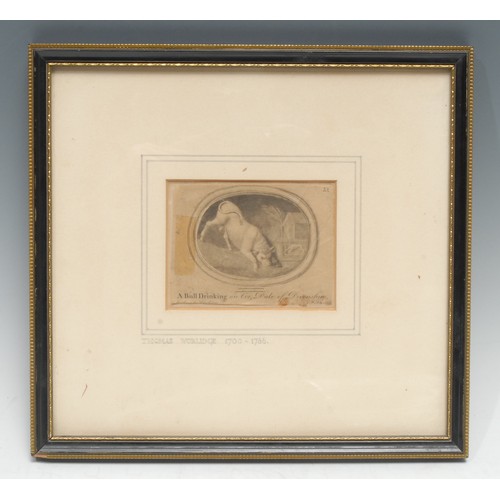



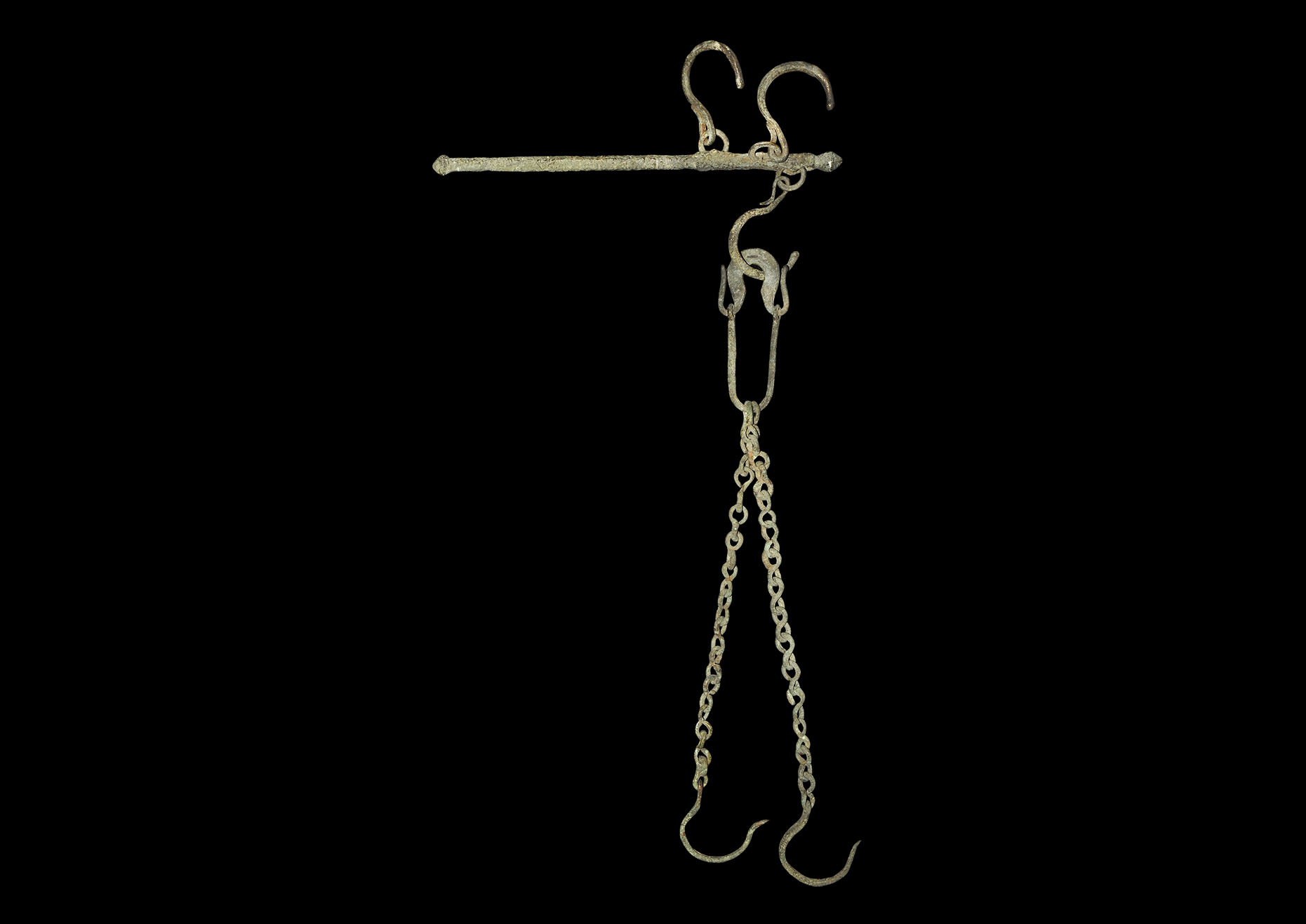




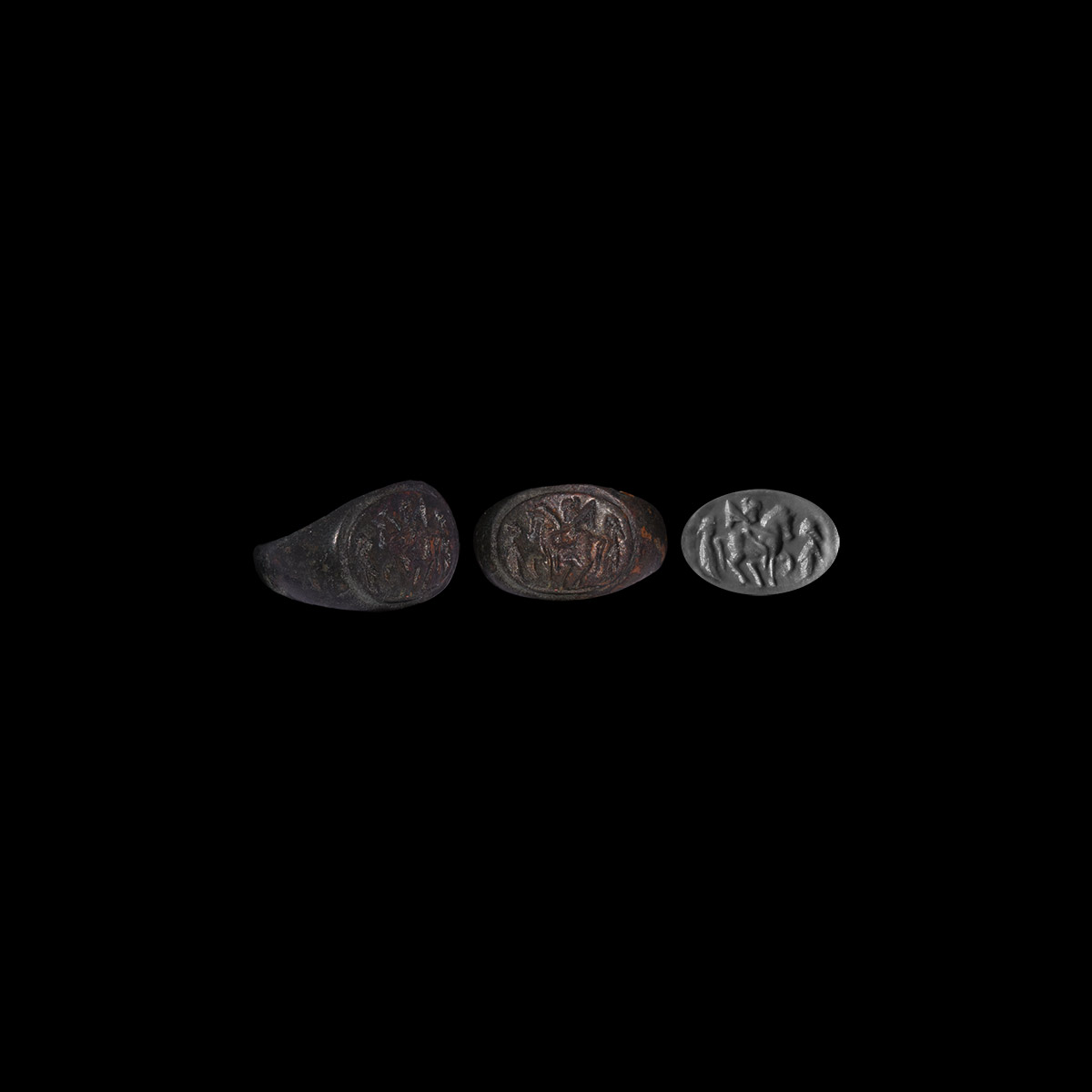
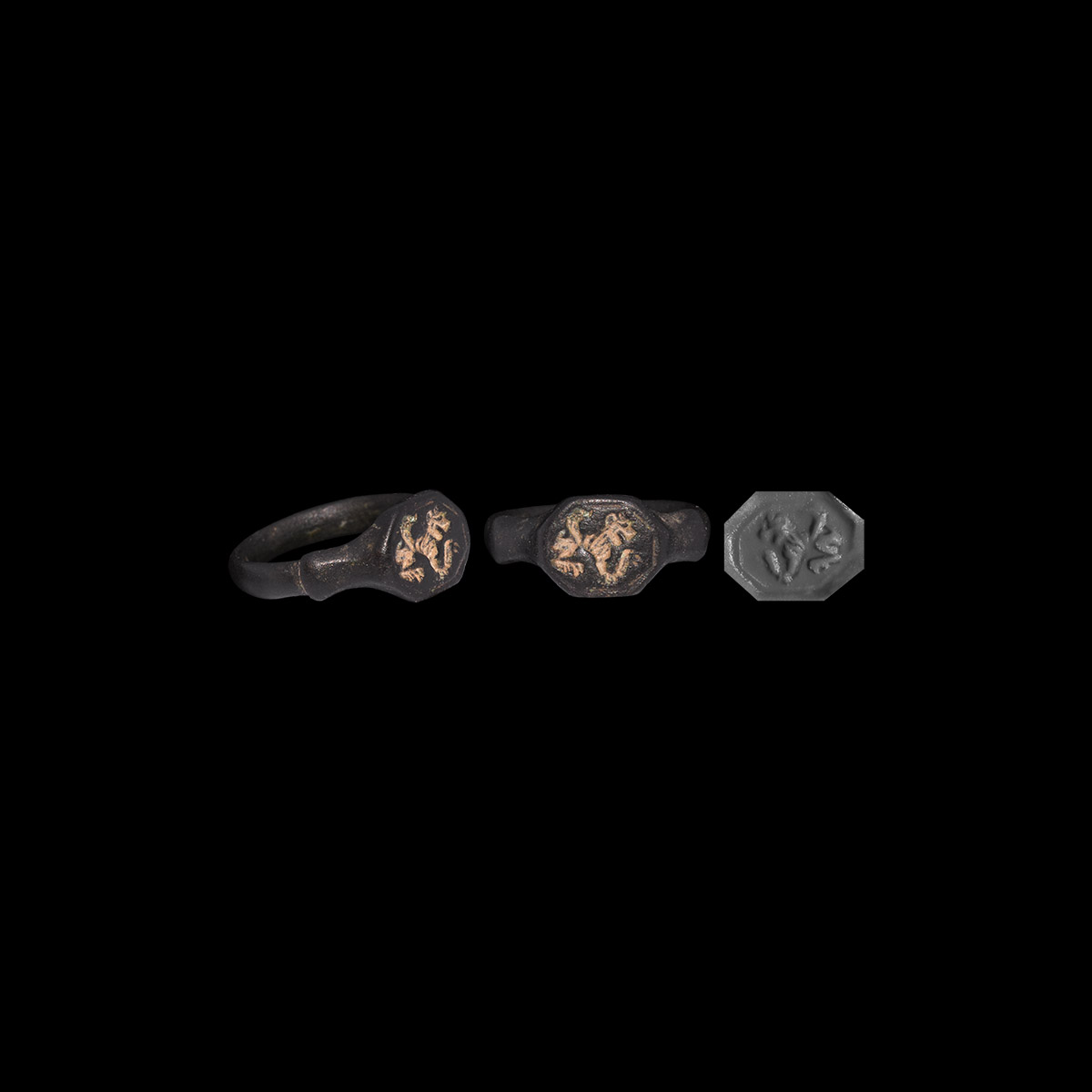
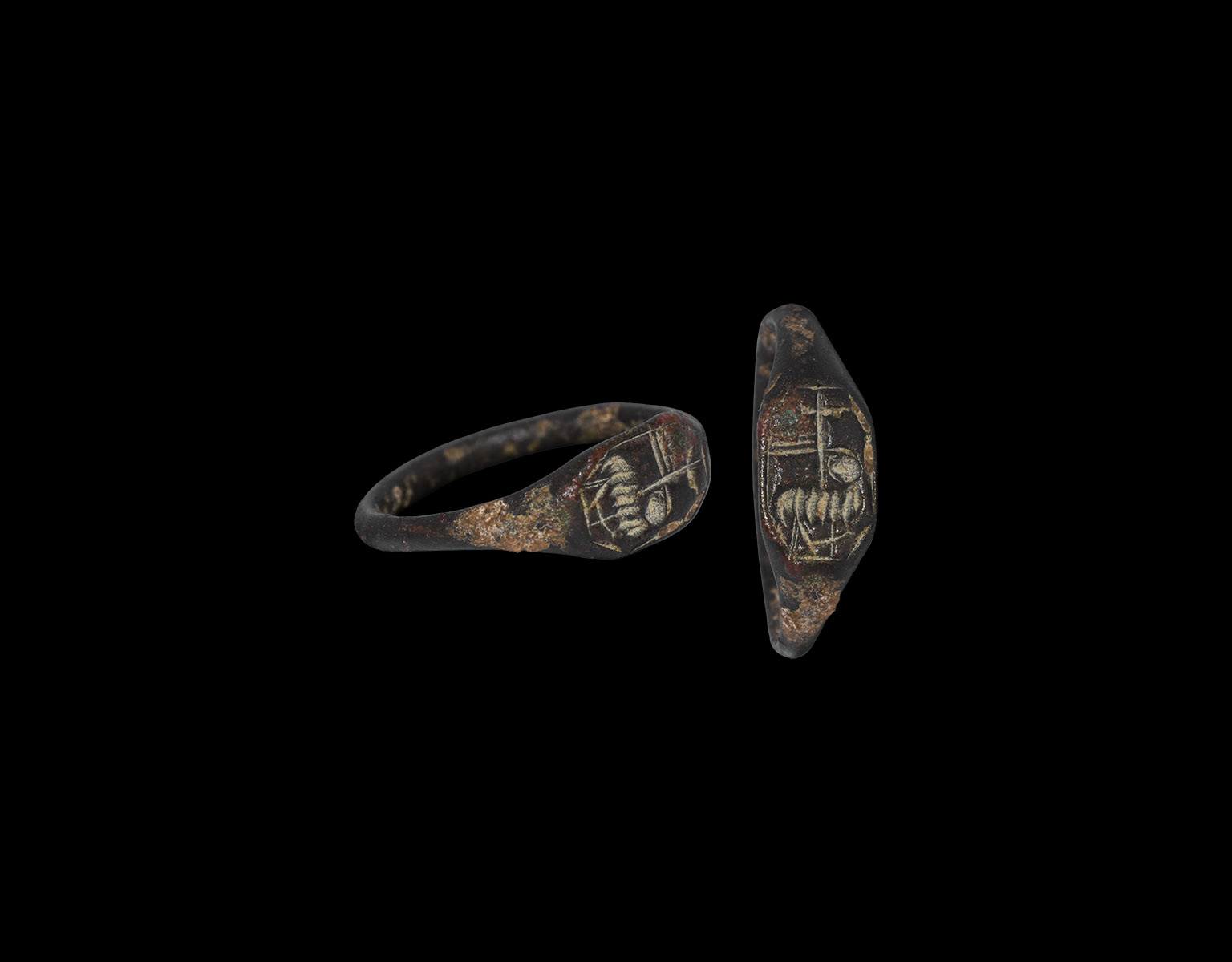
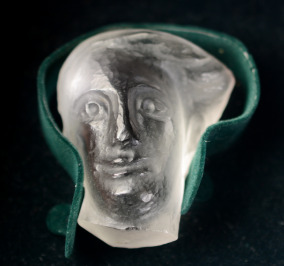


Try LotSearch and its premium features for 7 days - without any costs!
Be notified automatically about new items in upcoming auctions.
Create an alert